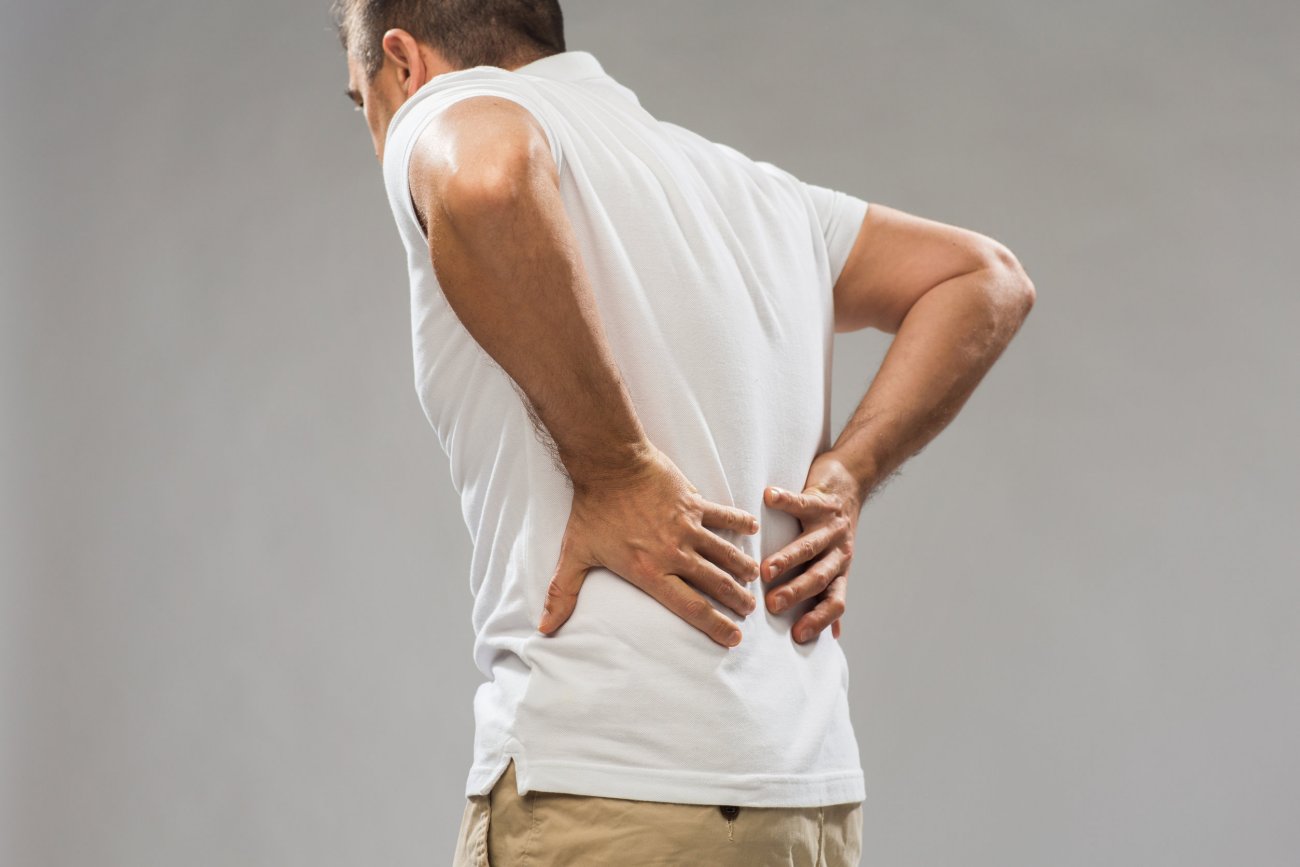What is the coeliac plexus?
The coeliac plexus contains nerves and lies in front of the backbone around the big blood vessel called the aorta.
Why am I having a celiac plexus block?
The coeliac plexus contains nerves that carry pain sensations from the organs in the upper part of the body. Carrying out a coeliac block numbs the nerve and can be effective for pain relief.
What is injected?
A small amount of local anaesthetic is injected on to the nerves. The local anaesthetic numbs the nerve temporarily and can be effective for some types of pain.
Where is it done?
The procedure is carried out in the hospital. A letter with instructions and directions will be sent to you.
How is it done?
- You will be asked to put on a gown
- Your blood pressure will be taken and recorded
- A small needle is put into the back of your hand
- You will be asked to lie on your stomach on the x-ray table
- The area is cleaned with antiseptic
- X-ray pictures are taken throughout the procedure to direct the needle on to the coeliac plexus
- The consultant will numb the area with local anaesthetic before putting the injections in
- Sedation is not usually required for this procedure.
- If you are very anxious you may discuss this with the consultant prior to the procedure
How long will I be in hospital?
Although the procedure itself takes only 15-20 minutes you will be asked to stay for between 1-2 hours before you are allowed home. You will need someone to pick you up and stay with you over night. If this cannot be arranged you may be kept in hospital overnight for observation.
Can I take my usual tablets?
Take your usual tablets in the morning and bring them with you. Patients with diabetes and those taking warfarin will be given individual information.
Can I eat and drink?
Please do not have any food 6 hours prior to your appointment time. You may have clear fluids up to 2 hours before your appointment.
– Diabetics will receive individual instructions
Can I drive home?
For safety reasons you are asked not to drive on the day of the procedure or the following day.
What can go wrong?
This procedure can make your blood pressure drop, which in turn can make you feel light headed on standing up. This is only short lived and resolves quickly.
